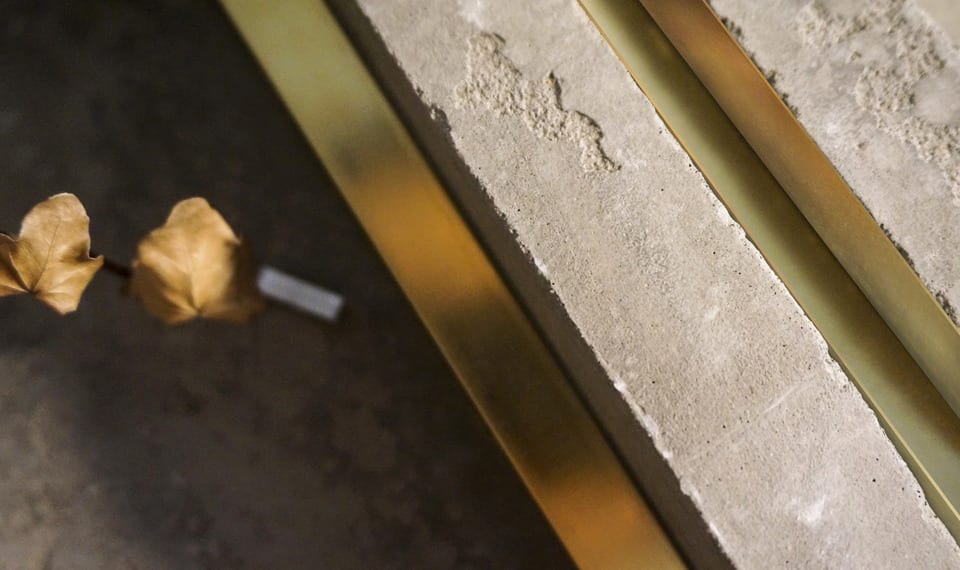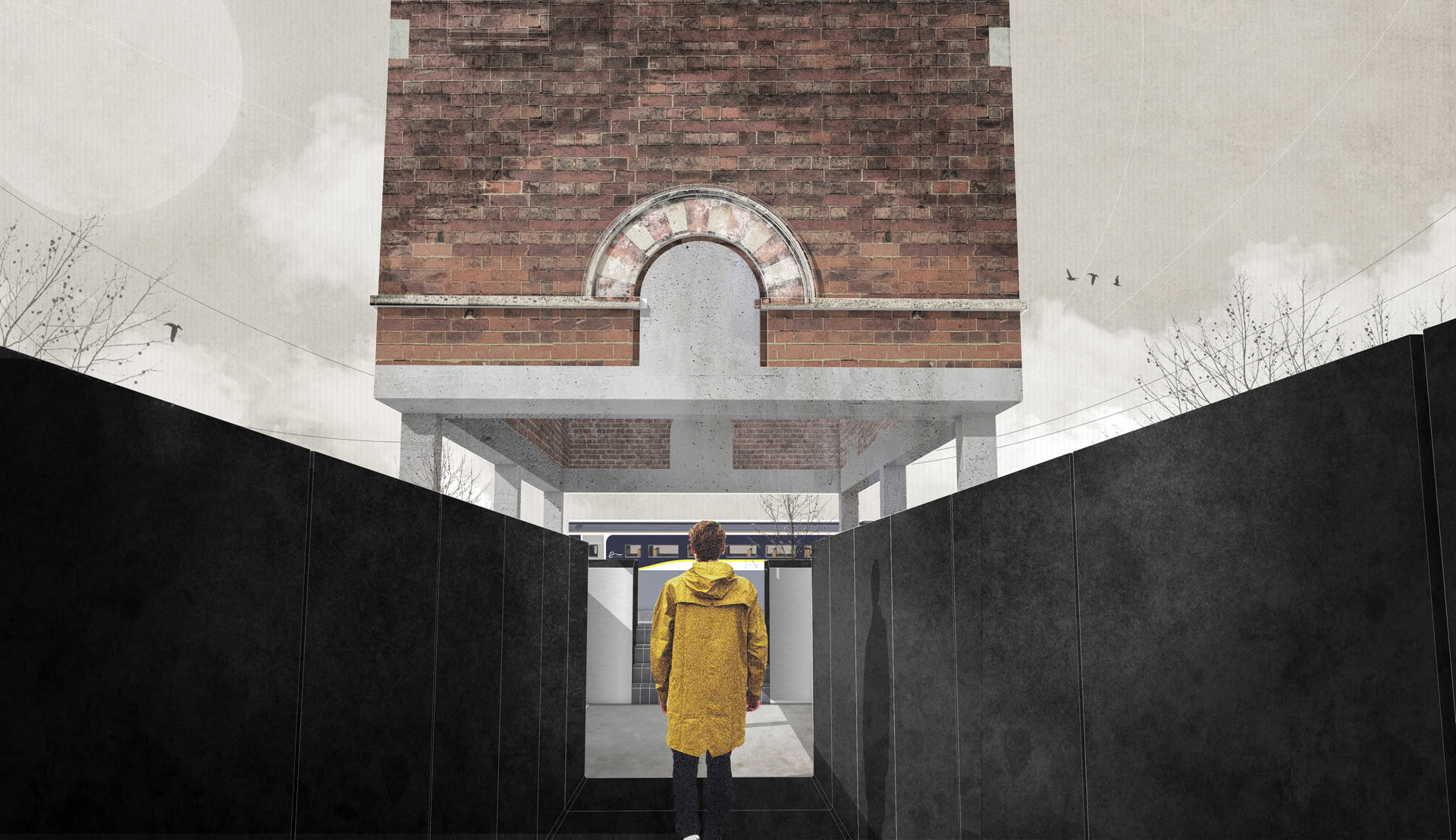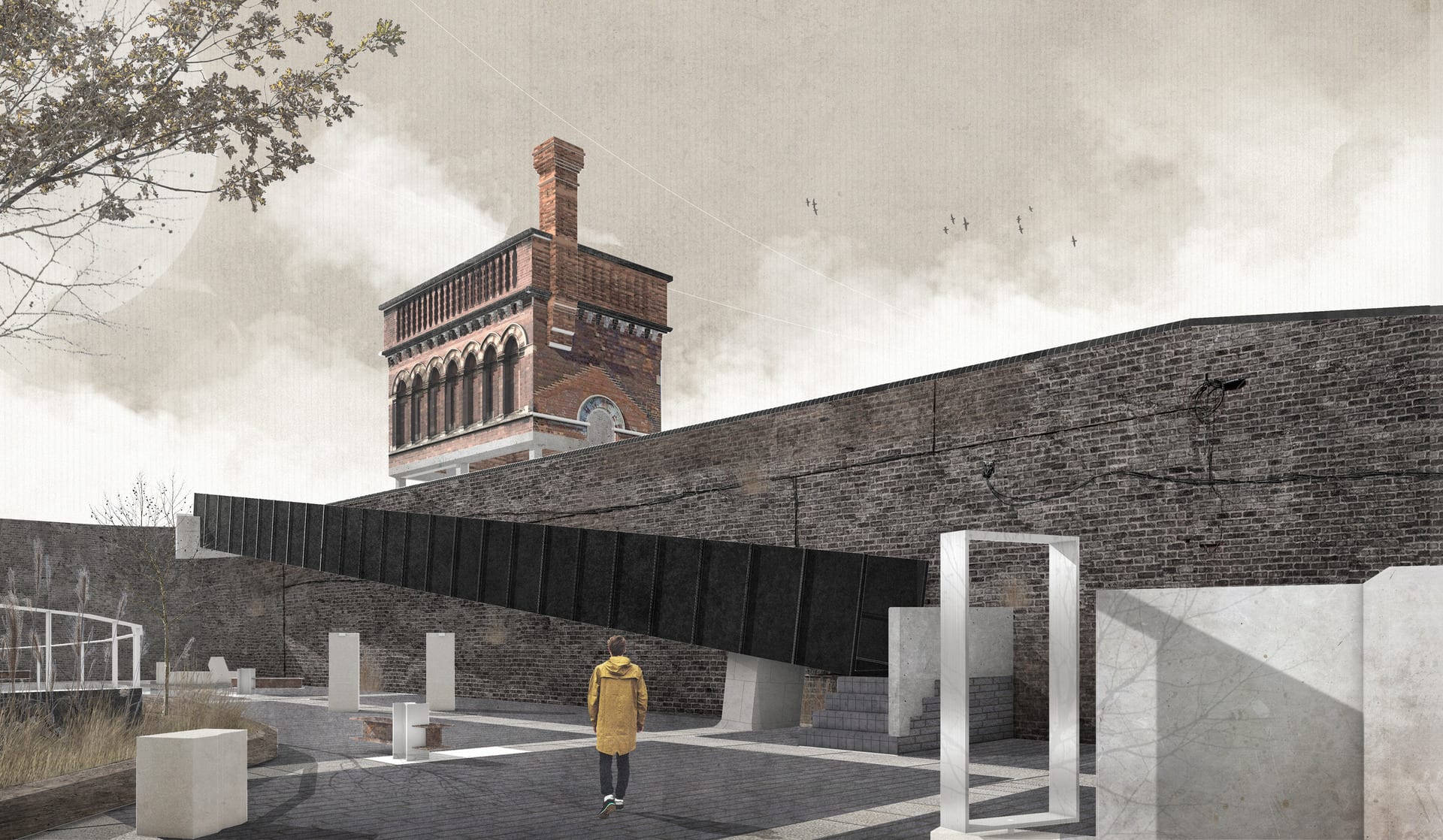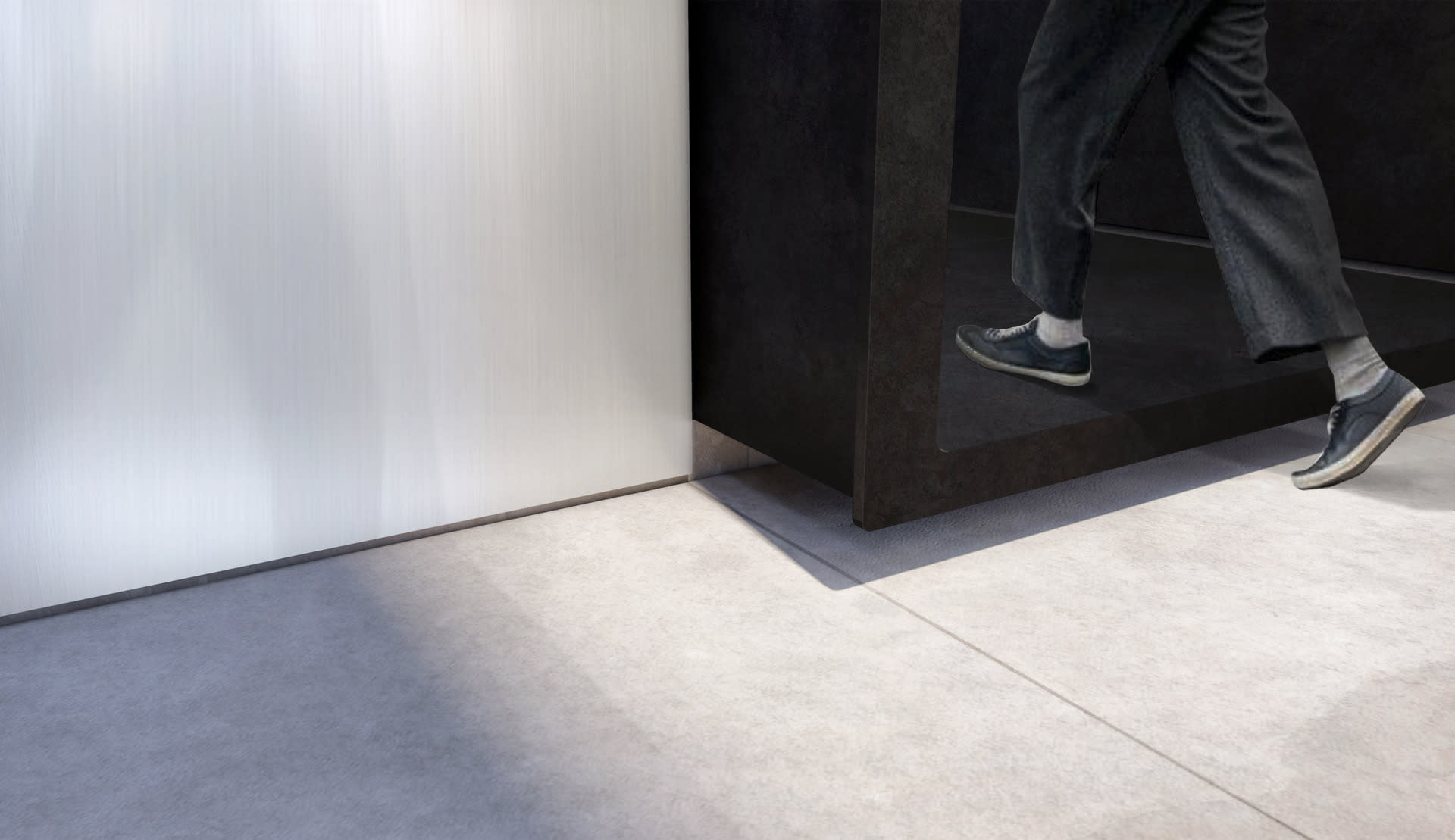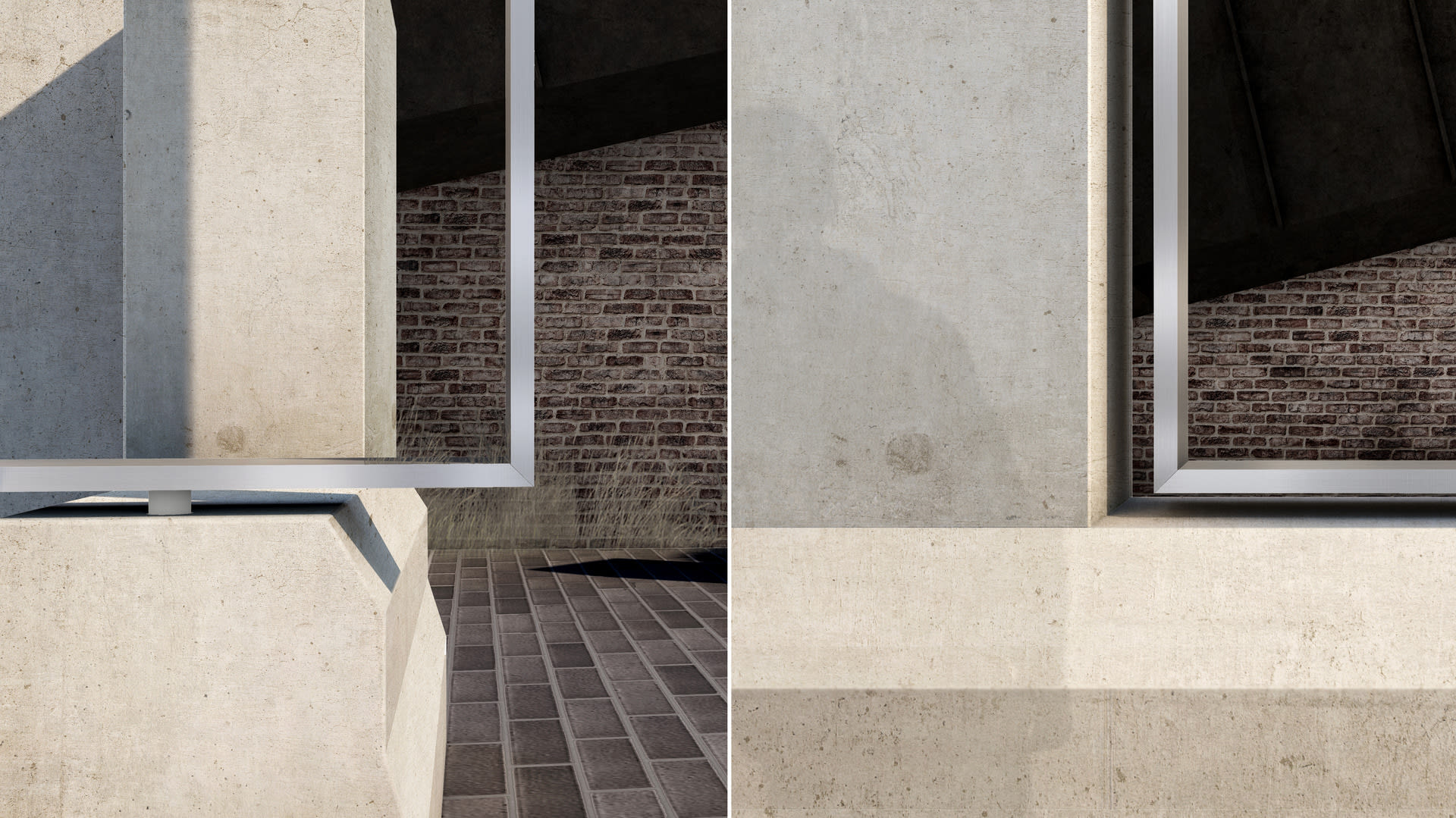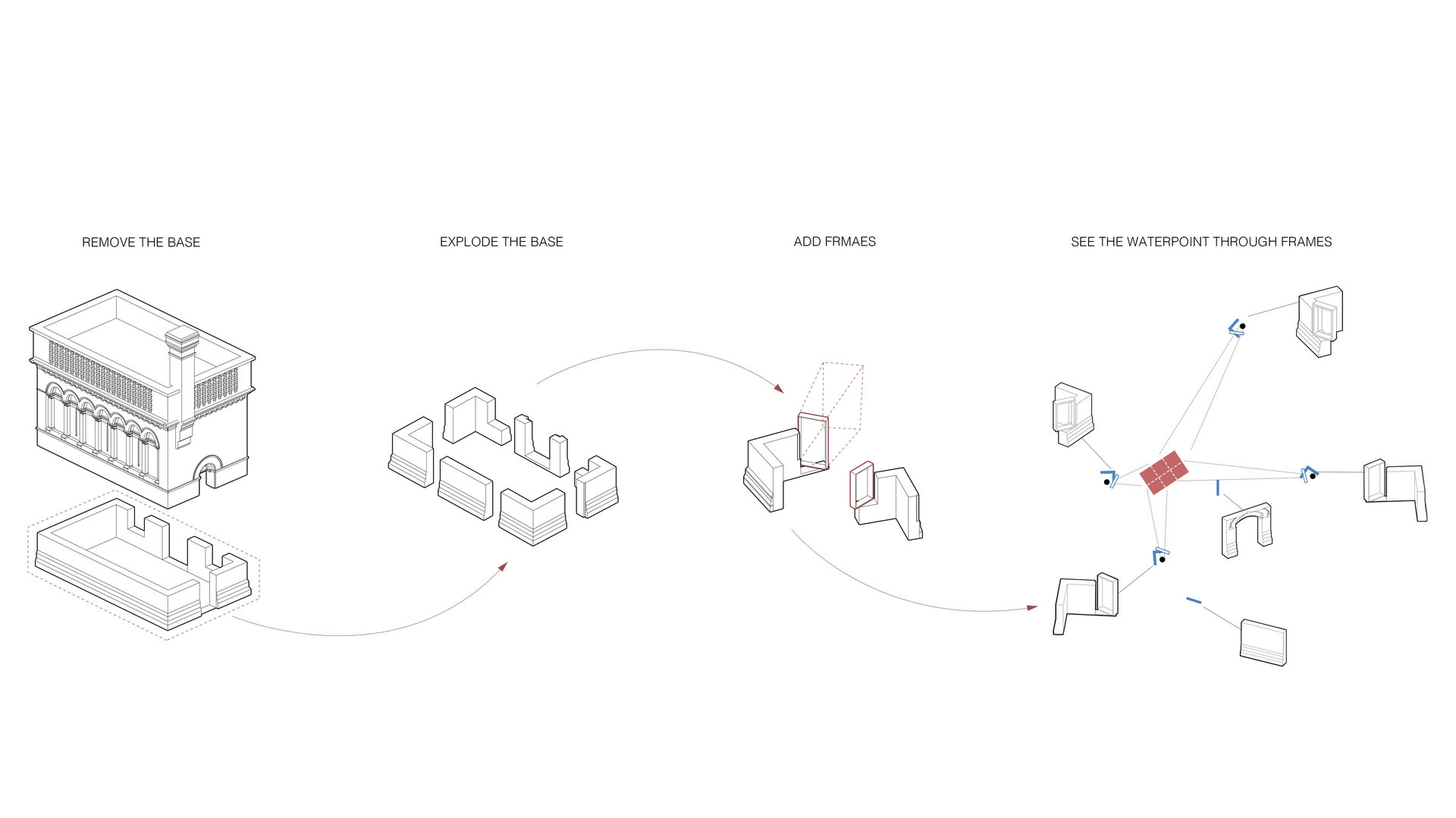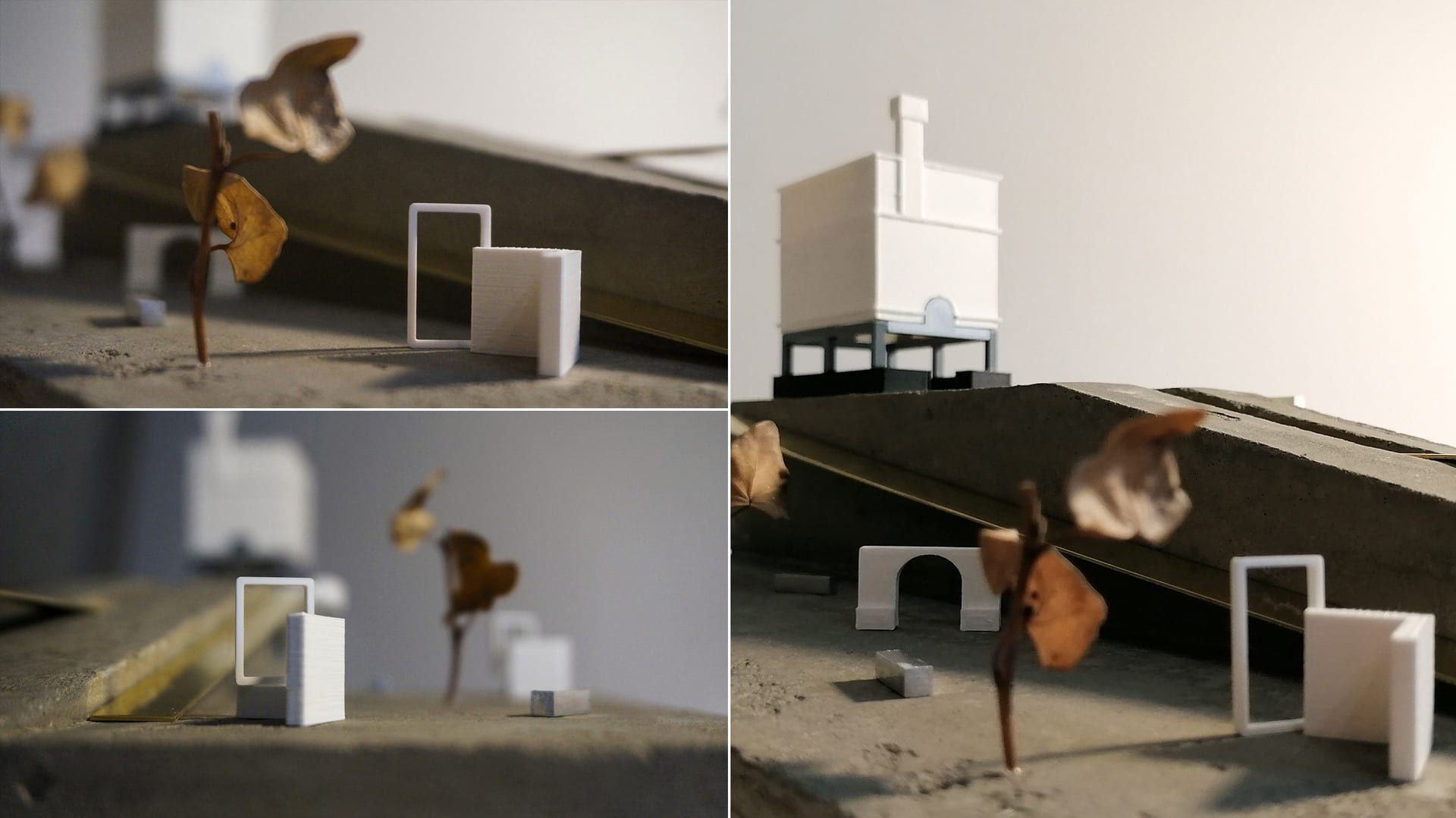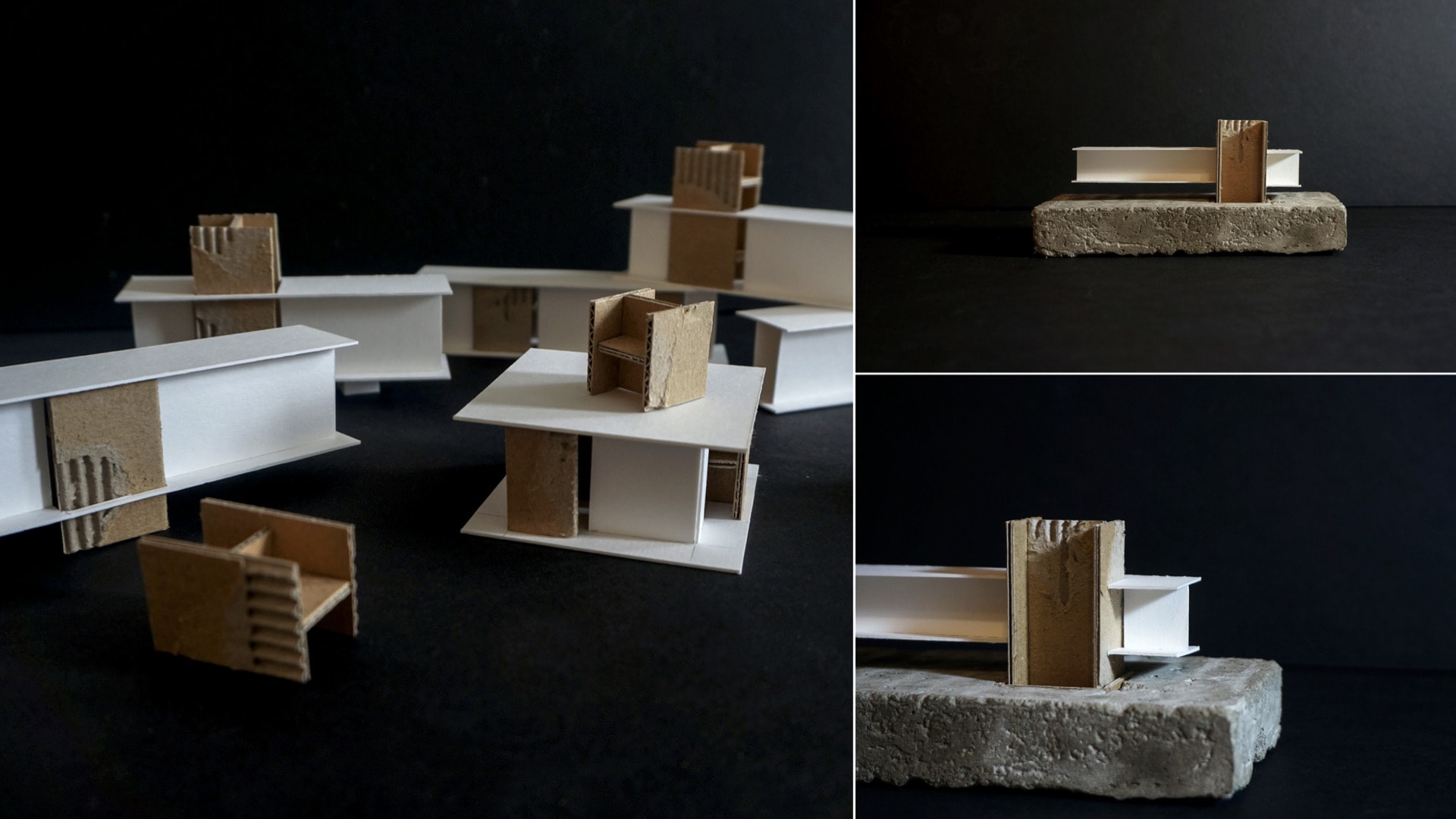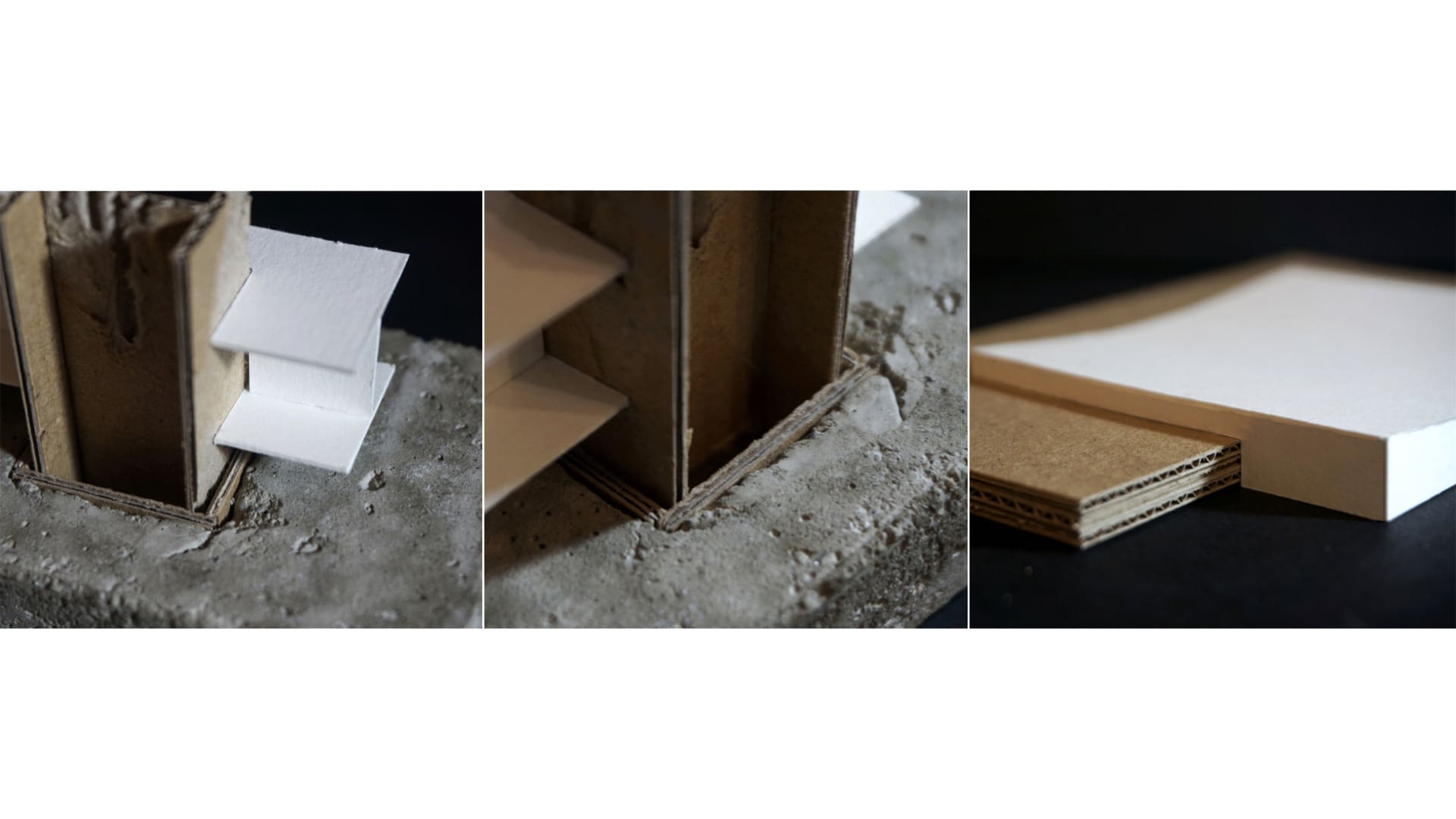FROM
Nanyang, Henan, China
-
EDUCATIONS
BA Environment Design, Nanyang Institute of Technology, 2012-2016
MA Interior Design, Hebei Normal University, 2016-2019
MA Interior Design, Royal Collage of Art, 2019-2021
-
AWARDS
SECOND PRIZE - The 8th China International Space Design Competition, 11/2016
FIRST PRIZE - ZIPPO 85 Anniversary Design Competition, 07/2016
THIRD PRIZE - The 11th National Digital Art Design Competition, 10/2016
EXCELLENT PRIZE - The 6th National College Student Design Competition, 07/2016
SECOND PRIZE – Final exhibition for Hebei Normal University , 06/2019

